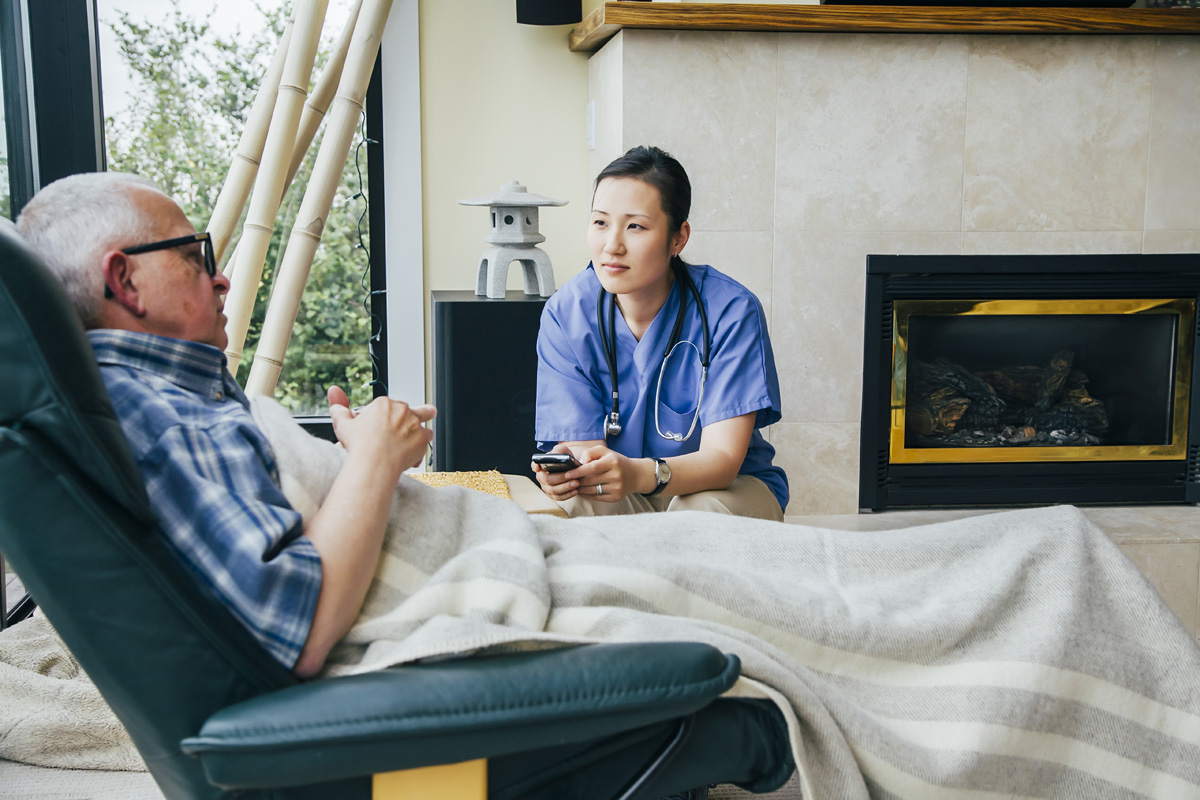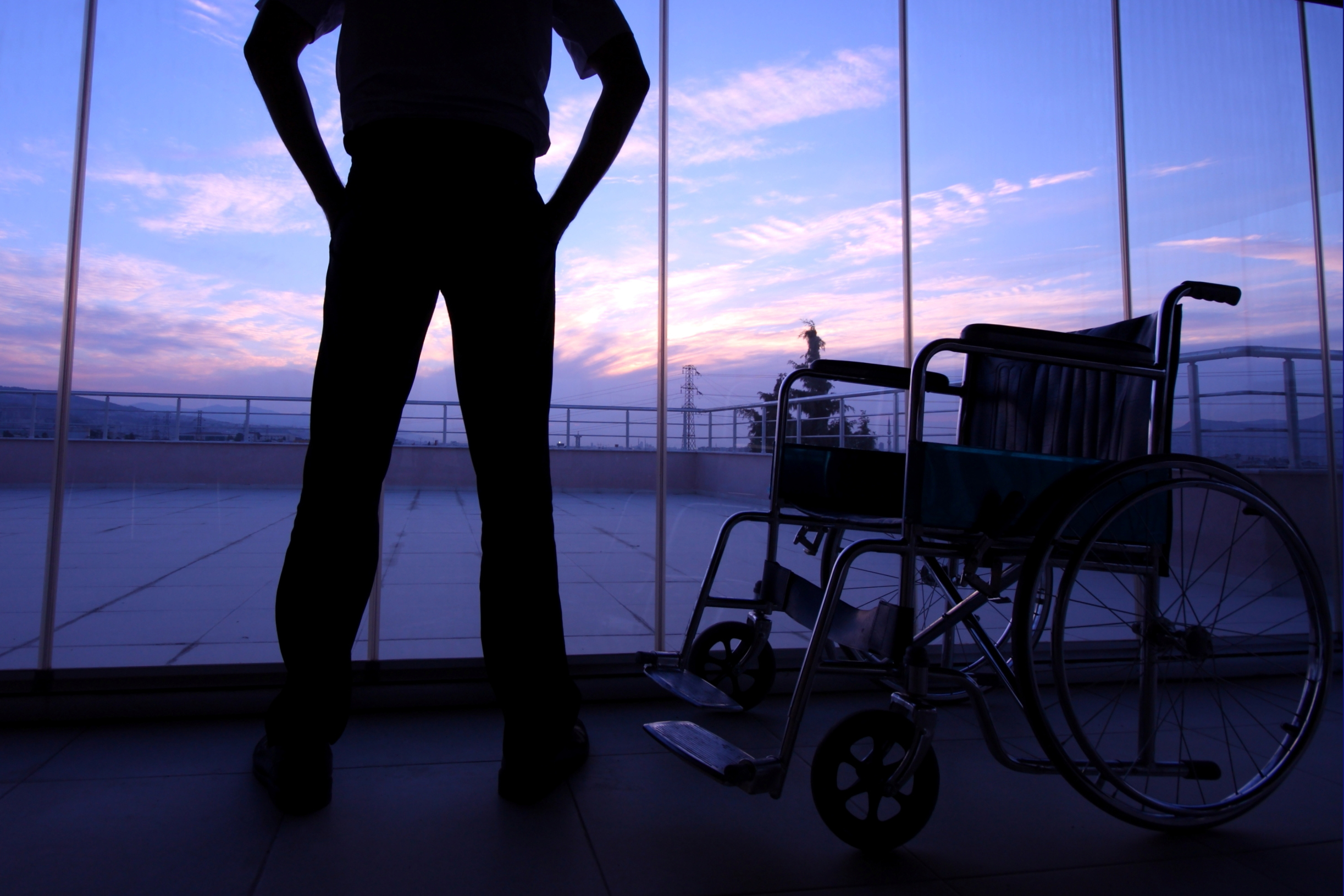Health at Home: The New Standard of Care Delivery
The care delivery pendulum was already swinging toward more home-based health care before 2020, when the COVID-19 pandemic…
Medicare Advantage Premiums to Decrease, Benefits to Increase
On September 24, 2020, the Centers for Medicare & Medicaid Services (CMS) announced that the average premium for a Medicare Advantage (MA) plan in 2021 would drop by an average of 34% compared to the 2017 premium. CMS also revealed that record number of MA plans would be offering in-home benefits.
Building a Better Model for Care at Home
“Building a Better Model for Care at Home,” an AHIP webinar presented by CareCentrix, featured Mary Naylor, Ph.D., RN, FAAN, Marian S. Ware Professor in Gerontology, Director of the NewCourtland Center for Transitions and Health; Terri Maxwell Ph.D., APRN, Chief Clinical Officer, Turn-Key Health, a CareCentrix Company; and Melissa Carr, General Manager, Home Services, CareCentrix
Why My Own Healthcare Journey Led Me to CareCentrix
In this blog post, Chuck Berg writes about how his journey led him to the Board of CareCentrix and why he supports the company’s vision of creating personalized, coordinated, and tech-enabled services so that people can heal where they want.
Home Care in a Post-Pandemic World
It may be premature to speak of positive aspects associated with COVID-19, but the pandemic has taught valuable lessons about how we should care for those who are oldest and most vulnerable. In many cases, lessons learned were from mistakes, including the devastating consequences in New York stemming from the discharge of stable individuals with COVID-19 to long-term care facilities in order to maximize hospital bed availability when those long-term facilities were unable to care for those patients in a manner that would prevent further infection at the facility.
Health at Home: The New Normal of Care
The option to heal at home is no longer a luxury: in the era of COVID-19, it has become essential. For many patients, especially those living in or near COVID-19 hotspots, home is not only the safest, but also the preferred site of care. During a recent Fierce Healthcare webinar, Melissa Carr, General Manager of Home Services, and Jon Terenzetti, VP of Data & Technology Transformation, shared expert opinions on the importance of home health during the COVID-19 pandemic. Outlined below are key takeaways from their discussion.
Getting Care at Home is the New Normal for Some, But We’ve Been Doing It for 25 Years
Now, more than ever, health plans are focusing on making the home the center of health care. This is especially true for those most at risk of severe COVID-19 symptoms, including older adults and people with chronic conditions. And while we have seen a great increase in telemedicine utilization for routine, non-emergent medical care during the pandemic, our post-acute care system still drives too many people to skilled nursing facilities.
Intelligently and Virtually Managing Social Determinants of Health
For over 20 years, CareCentrix has been focused on this trend by taking an uncommon approach: creating more healthy days at home. In many cases, care too often defaults to an acute setting due to an inability to control not only clinical but also non-clinical needs, better known as Social Determinants of Health (SDoH).
Home Infusion Services: An Update
During COVID-19 outbreak in early 2020, hospitals and clinics began shutting their doors to patients who required routine care. Administrators scrambled to find ways to deliver services while avoiding clustering groups of patients in one location. For patients who required regular treatment with intravenous medications, a location already existed: their home.
Preventive Care at Home: What is Possible?
The population of the US is aging fast. This has been accompanied by a rapid increase in the incidence of chronic diseases such as type II diabetes mellitus and end-stage kidney disease. These conditions are expensive to treat, and are largely preventable. They place patients at increased risk of other potentially life-threatening conditions, including respiratory viruses such as COVID-19.
Coronavirus and Home Care: Now More Than Ever
Because of the COVID-19 pandemic, by mid-March 2020, most hospitals in the US were restricting entry and allowing access only through an extra layer of triage at their emergency rooms. Many institutions sternly warned people to stay away unless there was a true emergency. Hospitals, doctor’s offices, and civic organizations asked individuals to check on the well-being of chronically ill and elderly family and neighbors.
Concierge Care vs. Direct Care: The Differences Matter
As a result of managed care, patients missed the close relationships they previously had with their doctors. Many felt that office visits were too short and that their doctors were too busy with documentation. From this dissatisfaction grew two new models of care: concierge care and direct care. There are similarities between the two, but important differences as well.










